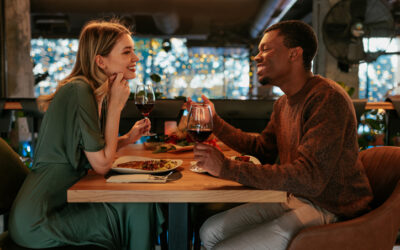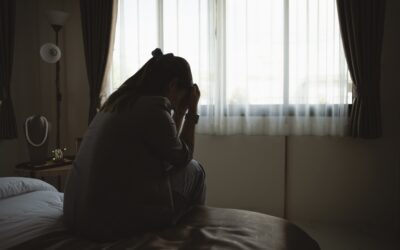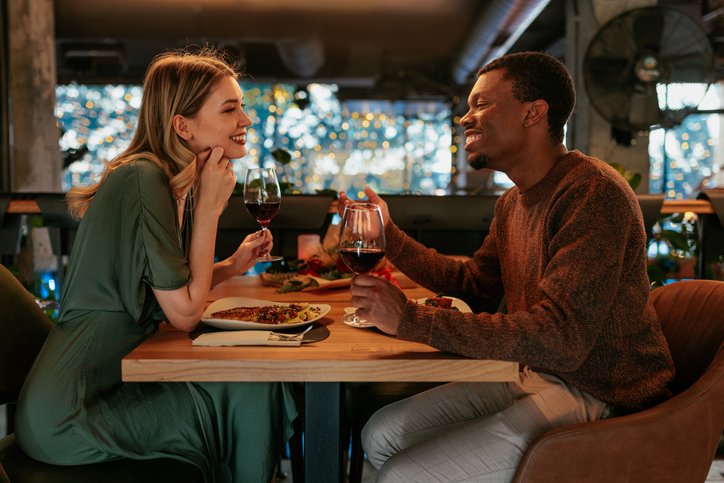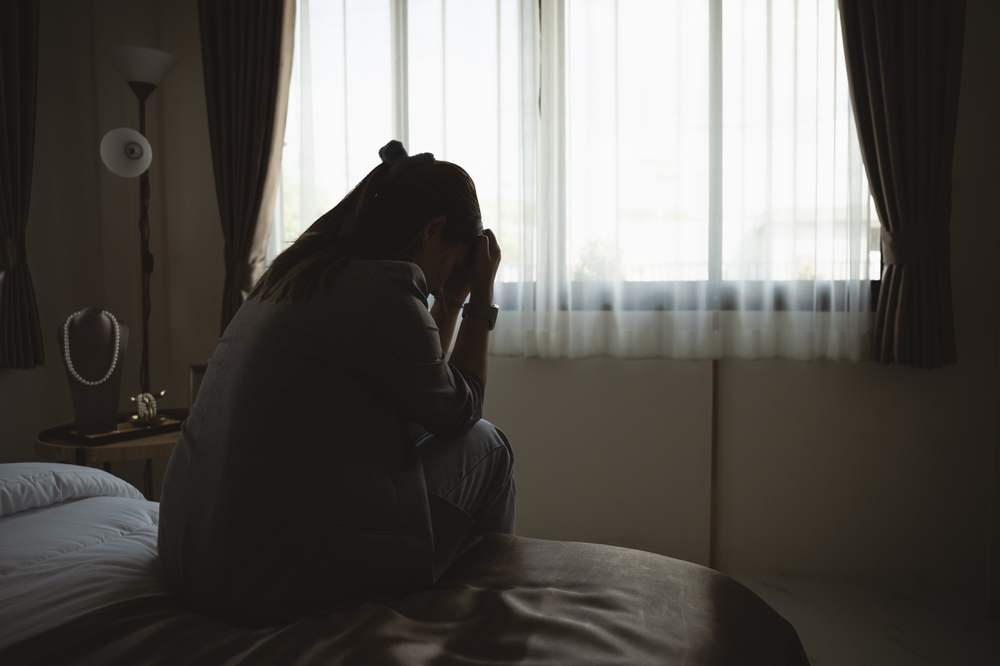Let’s take a trip back to the neon-soaked, big-haired days of the 1980s, when parenting was more “survival of the fittest” than “helicopter hovering.” Before social media could turn every parenting decision into a viral debate, here’s what passed for normal child-rearing—practices that would probably get Child Services called on you today.
1. Car Seats Were More Like Suggestions Than Requirements

The family car was basically a rolling playground of potential hazards. Babies bounced happily in those death-trap walker seats that hooked over the back of the passenger seat, while toddlers treated the rear window deck like their personal napping spot. The lucky kids got to ride in the “way back” of the station wagon, completely unrestrained and probably playing paper football. Some parents were really living on the edge and let their kids ride in the bed of pickup trucks because nothing says “family outing” like your children getting some quality time with highway wind resistance.
2. Unsupervised Outdoor Play Was The Default Setting

Kids would leave the house at dawn with nothing but a promise to be home by dark. Parents had absolutely no idea where their children were for hours at a time, and somehow this was completely normal. Your only form of GPS was Mom standing on the porch and yelling your name until it echoed through the neighborhood. The rule wasn’t “don’t talk to strangers”—it was “don’t come home until the streetlights come on.”
3. Secondhand Smoke Was Just Ambient Air Freshener

Parents smoked everywhere—in the car with the windows up, at the dinner table, during parent-teacher conferences. Kids were basically hotboxed from birth through high school graduation, marinating in a perpetual cloud of secondhand smoke. Every car ride was like sitting in a tiny mobile cigar lounge, with Mom ashing out the window and Dad using the dashboard as his personal ashtray. The concept of a “smoking section” in restaurants was basically a line drawn through the middle of the room, not super effective at containing smoke.
4. Supervision Was Outsourced to Older Siblings
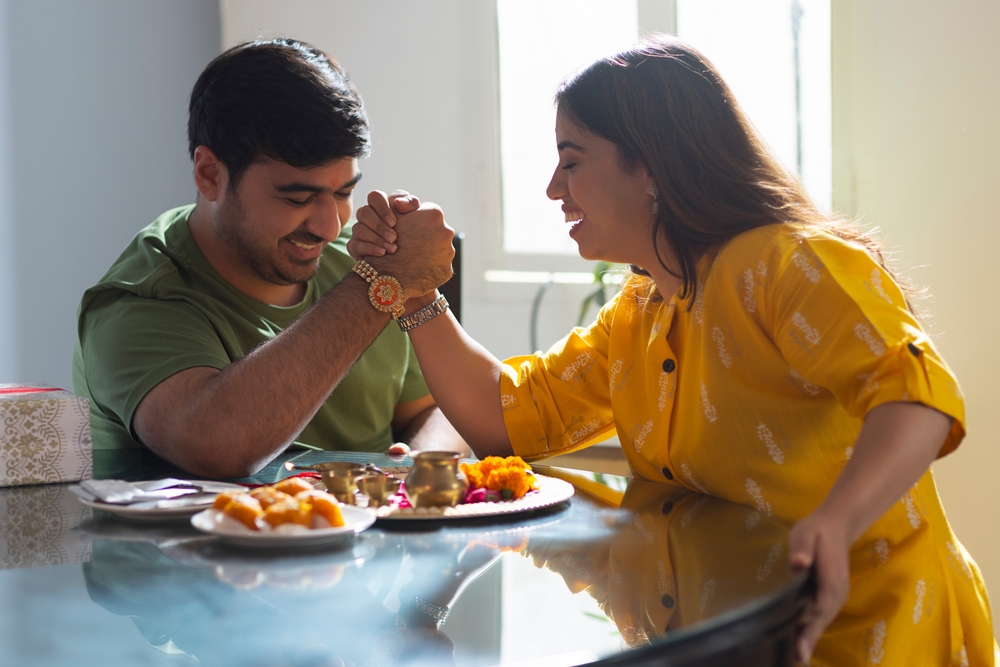
Eight-year-olds were considered perfectly capable babysitters for their younger siblings because apparently being potty trained for five whole years qualified you for childcare responsibilities. These kid-babysitters were expected to handle everything from meal prep (usually involving an unsupervised stove) to basic first aid (band-aids solve everything). Parents would leave for hours with instructions like “make sure nobody dies” and consider that a thorough briefing. The older sibling’s qualifications were basically “You know where the emergency numbers are taped to the fridge.”
5. “Go Play in Traffic” Was Almost Literal
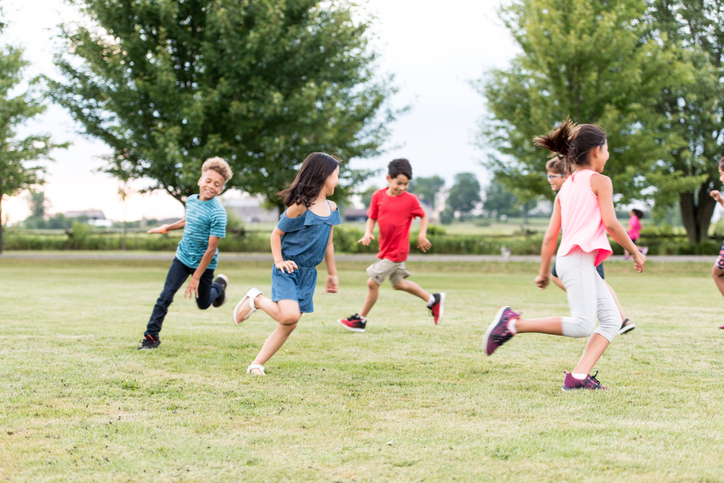
Bike helmets were for nerds, knee pads were for wimps, and concussions were just character-building experiences. Kids would race their bikes down steep hills with no protective gear except maybe a Walkman clipped to their belt. Parents would actively encourage their children to go play in the street, with “car” being the universal pause button for whatever game was happening. Your mom’s medical advice for any injury was usually “walk it off” or “rub some dirt in it.”
6. Junk Food Was Its Own Food Group

Breakfast could be a bowl of sugar disguised as cereal, lunch was whatever processed food came in the brightest package, and dinner often came from a box with “Helper” in the name. Parents thought Tang was an acceptable substitute for actual orange juice because astronauts drank it. The four main food groups were basically sugar, artificial colors, preservatives, and whatever they put in those drinks that came in barrel-shaped plastic containers. Nutritional concerns were limited to making sure you didn’t eat the prize in the cereal box before finding it.
7. Sun Protection Was A Suggestion

SPF was something you worried about after you were already burned to a crisp. Parents would send their kids out to play in the summer sun with nothing but a layer of baby oil, basically turning their children into human rotisserie chickens. Sunscreen was considered optional at best, and usually only applied after the first serious burn of the season. The concept of reapplication was as foreign as the concept of future skin damage. “You’ll get a base tan” was considered legitimate medical advice.
8. TV Was the Primary Babysitter

The television was basically a free-range daycare center that ran on electricity instead of supervision. Parents would park their kids in front of the TV for hours with zero concern about screen time or educational content. Saturday morning cartoons were sacred rituals that lasted longer than some church services. Your mom’s idea of parental controls was yelling “Change the channel if something inappropriate comes on” from the other room. The TV guide was treated with more reverence than some religious texts.
9. Playgrounds Were Literal Death Traps
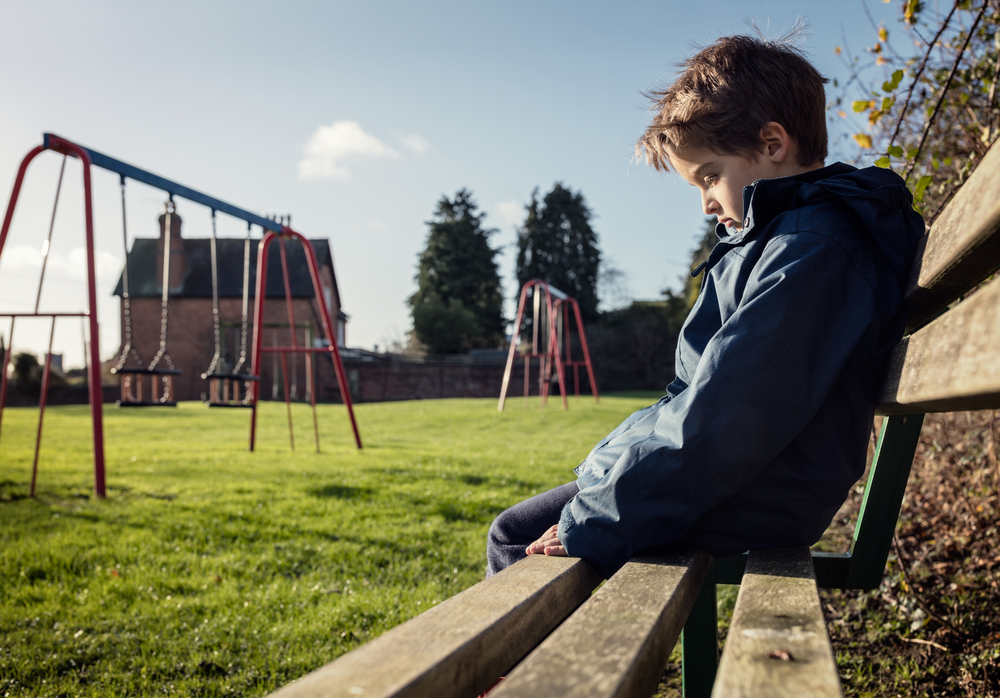
Playground equipment was apparently designed by people who thought tetanus and concussions were just part of a balanced childhood. The metal slides would heat up to approximately the temperature of the sun’s surface in summer. The merry-go-round was essentially a centrifugal force experiment with questionable structural integrity. The seesaws were child-sized catapults, and the monkey bars hung high enough to qualify as an extreme sport. The ground underneath was usually asphalt or packed dirt because apparently, grass was too soft for building character.
10. Medical Care Was More Folklore Than Science
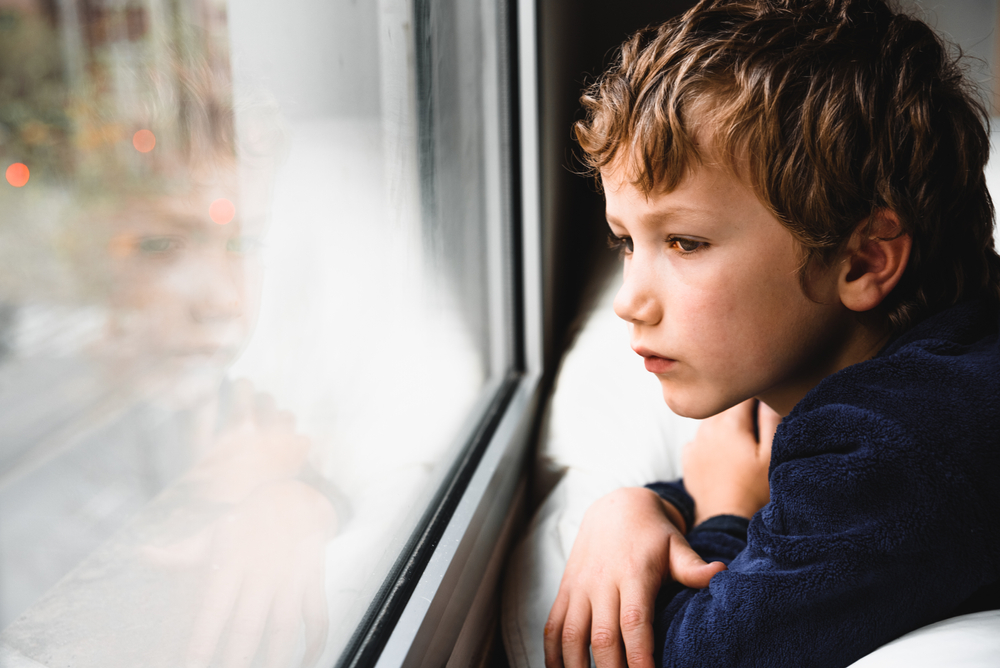
Every mom had her own version of medical science that usually involved some combination of Vicks VapoRub, chicken soup, and walking things off. Fevers had to be practically cooking your brain before they warranted a doctor’s visit. Parents would treat most injuries with a combination of blowing on it, kissing it better, or slapping a band-aid on it. The standard for determining if something needed medical attention was usually “Is bone showing?” or “Can you still move it?” Everything else was solved with ginger ale and “sleep it off.”
11. Privacy Was Not a Concept That Extended to Children

Phone calls were taken in the kitchen where everyone could hear both sides of the conversation thanks to the 20-foot coiled cord that served as the family’s central nervous system. Parents would read your diary without a second thought because “their house, their rules” apparently extended to your innermost thoughts. Your room was subject to random searches that would make the TSA blush.
12. Discipline Was a Public Spectacle

Parents had no qualms about threatening or delivering punishment right there in aisle seven of the grocery store. Threats like “Do you want me to give you something to cry about?” were shouted across playgrounds with zero concern for who might be listening. The wooden spoon wasn’t just for cooking, either—and everybody knew it. Time-out hadn’t been invented yet, so discipline was more “shape up or ship out” than “let’s discuss your feelings about what just happened.”
13. Mental Health Was Not in the Parenting Vocabulary
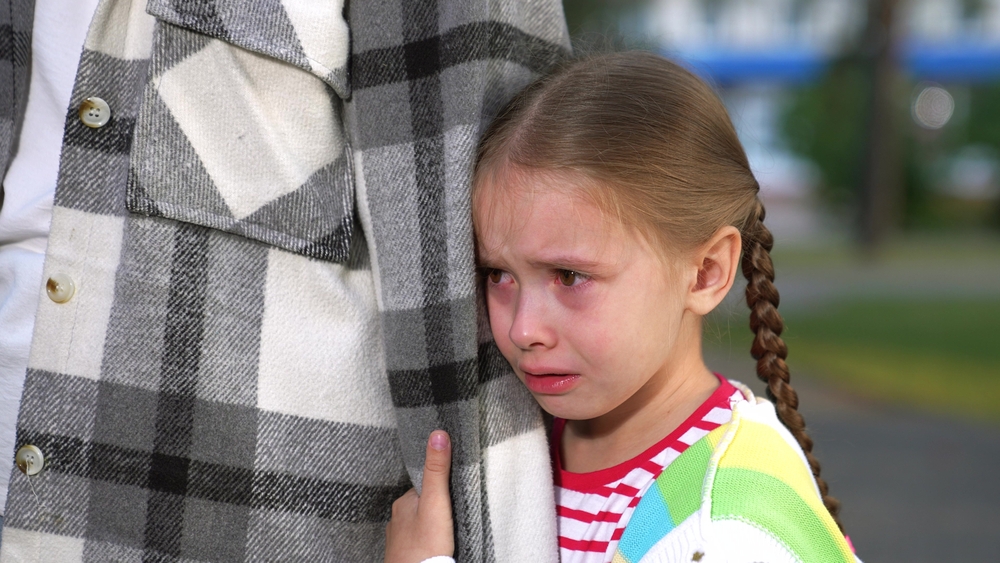
Anxiety was just you being “too sensitive,” depression was “just a phase,” and ADHD was “being a kid.” The parent’s solution to most emotional issues was some variation of “go outside and play.” The concept of childhood stress or mental health was about as recognized as the internet. Therapy was something that happened to “other people’s kids,” and any suggestion of emotional support was met with “I’ll give you something to be sad about.”
14. Safety Instructions Were More Like Casual Suggestions
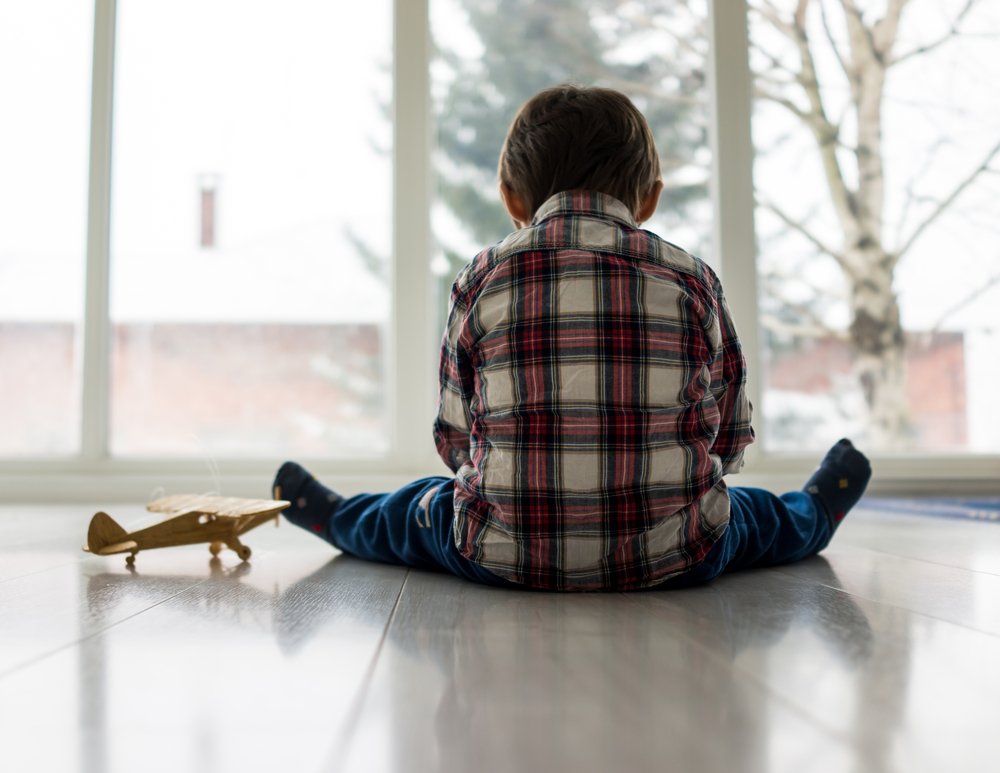
Kids would regularly ride in the front seat, play with lawn darts, and eat raw cookie dough with their parents’ full knowledge and approval. Warnings on products were treated more like creative writing than actual safety instructions. Parents would send their kids to the store with a note authorizing them to buy cigarettes because apparently, a handwritten permission slip trumped law enforcement.
15. Food Safety Was About Survival
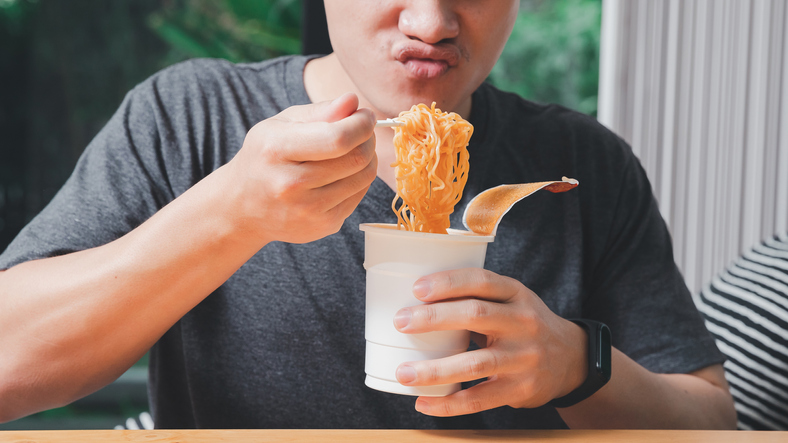
The five-second rule was more like the five-minute rule, and “when in doubt, throw it out” wasn’t a concept that existed. Parents would send kids to school with mayonnaise-based sandwiches in brown paper bags that sat in hot lockers until lunch. Leftovers would stay in the fridge until they developed their own ecosystem. Expiration dates were treated as loose suggestions rather than actual guidelines. The test for whether meat was still good was usually “smell it and see if you gag.”

